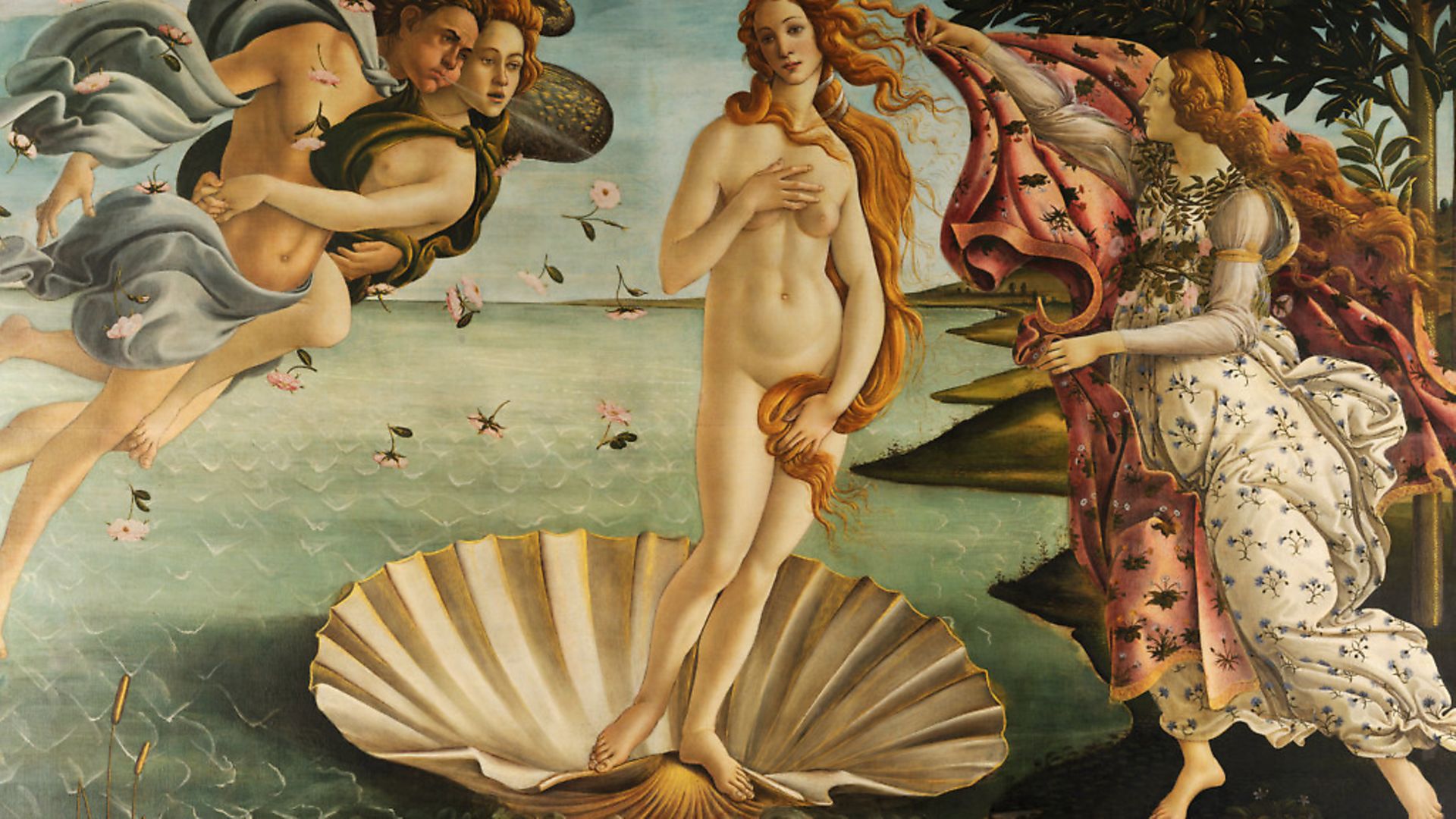
WILL SELF hears from a friend who is worried about returning to work at the Tate Modern as lockdown eases.
She took me to the Uffizi but I really didn’t want to go in – the galleries were so crowded with tourists, and being on the small side I knew I wouldn’t really see much of the paintings besides random details. Also, I was reading this amazing book and wanted to find out how it would finish. Initially, she sat me on a marble bench in the corridor and went away – but then she came back, and said it would be a sin if I didn’t at least come in and look at the Primavera and the Birth of Venus – and I probably said something brattish, like: ‘She’s not actually being born right now, it’s just a painting,’ and then my mother hit me: an open-handed blow to the head, quite hard as I remember.
I daresay there are some readers who’ll still condone this half-century old corporal punishment; surely, even aged nine I was well brought up enough to know when to check my privilege? After all, not many English boys got the opportunity to visit Italy in 1970 – let alone see the most celebrated paintings of the Renaissance. But there I was, sulkily insisting that Eric Williams’s classic tale of heroism in the face of Nazi tyranny, The Wooden Horse, took cultural precedence over Botti-bloody-celli.
Contra modish trauma theory, I think it’s partly that open-handed blow that’s made me remember that it was Williams’s book I was reading – my mother hit me a fair bit as a child, although not so often that it became a blur; besides, this was in public. But I also think it was the fact that I was reading at all. This was – and remains – my favoured cultural experience: lacking the commercial apparatus surrounding the visual arts (at least proximately), the relationship between reader and writer is direct and intimate, so the very antithesis of revolving through a packed art gallery or museum. The subject matter of the book was also important: Williams and his comrades were attempting to escape from Stalag Luft III by using a vaulting horse as a cover for a tunnel-digging operation – while now I come to think of it, I’ve been attempting to escape from art galleries using a similar camouflage technique for decades.
Instead of a wooden horse, I’ve constructed a papery one: by writing pages and pages of criticism of the visual and plastic arts, I’ve been able to get into galleries when they’re devoid of other visitors; and either before or after the gift shop has opened. In an essay often referenced in this column, The Work of Art in the Age of its Technological Reproducibility, Walter Benjamin argued that by this fact alone, formerly powerful works of art – such as the Primavera – were drained of that powerful aura compounded of their uniqueness and being handmade. I knew the Primavera long before we arrived at the Ufizzi, because my mother had been to Florence a couple of years before, and brought back a reproduction of it on a plastic tray she’d bought at the gallery. Thus it was the work’s reproducibility I encountered before I did the work itself – and surely, this is even truer for a vast number of contemporary gallery-goers. Even if you can stumble on a great work of art unsuspecting and so experience its full, auratic charge – that experience is entirely hedged around by the booking of timed tickets, and the soft shoe shuffle past the iconic work, followed by the inevitable exit via the gift shop. Of course, it was the reopening this week of galleries and museums in England summoned up this not-so-sweet remembrance of things (and people) past.
A friend who works at Tate Modern wrote to say he was anxious about going back to work – and who can blame him: PPE or not, he’s staring down the barrel of a fleshy gun loaded with coronavirus virions. A couple of weeks ago I wrote about our frothy-coffee economy – but really our cultural economy is equally insubstantial; depending as it so crucially does on visitor numbers. I can’t tell you how overpowering it can be to witness great Renaissance works in an entirely empty gallery – and it’s an aesthetic adventure I wish everyone could have. Throughout the lockdown period I’ve often thought of all those Titians and Holbeins in the National Gallery, just hanging there radiating a mysterious potency.
Would I rather we all got the opportunity to say, spend an hour alone in one of the great galleries every two or three years, rather than unlimited access to exhibition spaces with ambience of supermarket checkout lanes? Hell, yes! Better still would be the opportunity to have just one painting from the national collections hanging in your house for a single day. But what about all those jobs! I hear you cry – your friend and his fellow gallery workers, the curators and gift shop salespeople? To which I can only reply: what about all those tunnellers and wooden horse vaulters? They, too, knew weren’t going to be in the escape party – but that didn’t stop them from digging.










